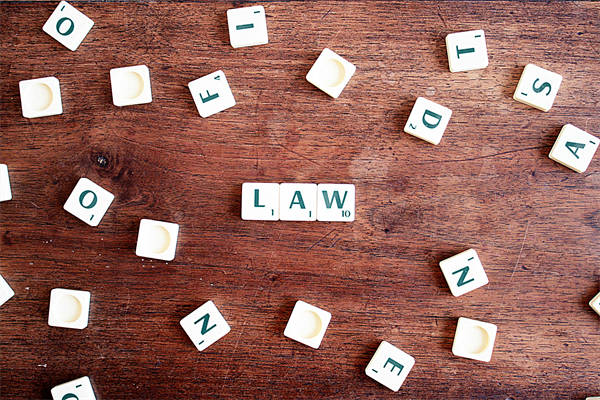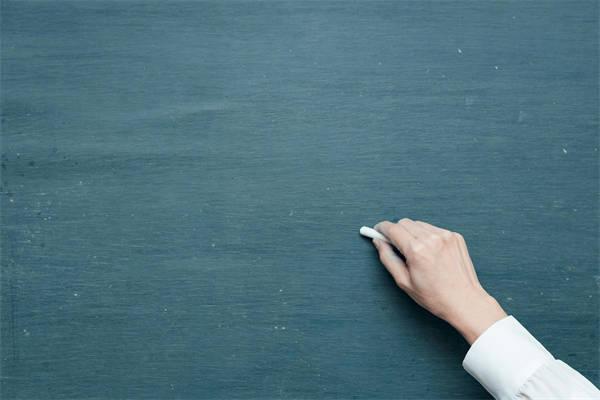Understanding the Distinction: Draw vs. Paint
.png)
Introduction
In the realms of visual arts, the terms "draw" and "paint" are often used interchangeably, but they refer to distinct methods of creating visual art. Understanding the differences between drawing and painting can help artists and enthusiasts make informed choices about their creative processes. Below, we delve into some common questions about these two techniques.
Common Questions and Answers
What is the primary difference between drawing and painting?
Drawing primarily involves creating images or designs on a surface with a drawing tool, such as a pencil, pen, or marker. It often focuses on line work, sketching, and the use of various drawing techniques. Painting, on the other hand, involves applying paint to a surface, typically using brushes or other tools, and often results in more textured and detailed works.
Is drawing easier than painting?
The ease of drawing versus painting can vary greatly depending on the individual's skill level and the specific techniques being used. Drawing is generally considered more accessible for beginners because it doesn't require the same level of material knowledge or skill in mixing colors. However, both drawing and painting require practice and dedication to master.
Can you draw with paint?
Yes, you can draw with paint. While traditional drawing involves the use of pencils, pens, or markers, drawing with paint is a common technique in art. Artists often use watercolor, gouache, or even acrylics for drawing purposes, creating unique effects and textures.
What is the difference between drawing and sketching?
Drawing and sketching are often used interchangeably, but there are subtle differences. Drawing typically refers to the creation of detailed and finished works, while sketching is more about quick, loose, and often informal marks made to capture an idea or concept. Sketching is often the first step in the drawing process.
Is painting more time-consuming than drawing?
Painting can be more time-consuming than drawing due to the nature of the materials and techniques involved. Mixing colors, applying layers of paint, and achieving desired textures can take significantly longer than drawing, which is often a more direct and immediate process.
Can you draw on a canvas?
Absolutely, you can draw on canvas. Many artists start with a pencil or charcoal sketch on canvas before applying paint. This allows them to plan and lay out their composition before moving on to the painting stage.
What is the difference between oil painting and watercolor painting?
Oil painting and watercolor painting differ in their materials, techniques, and effects. Oil paints are thick and durable, allowing for layers and rich textures. They dry slowly, giving artists time to blend colors. Watercolor paints, on the other hand, are thin and translucent, resulting in a lighter, more delicate appearance. They dry quickly, which can create unique effects and requires a different approach to application.

.png)
.png)

